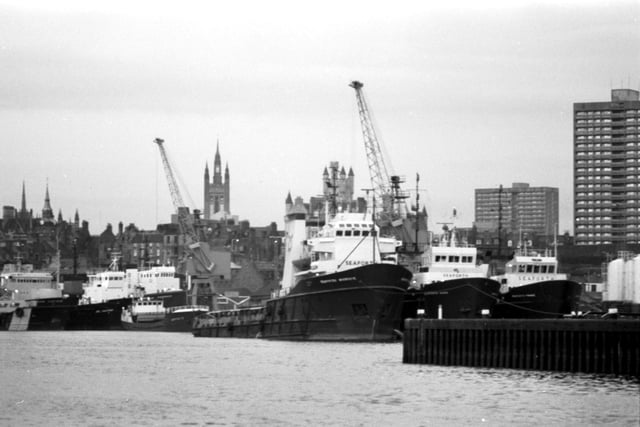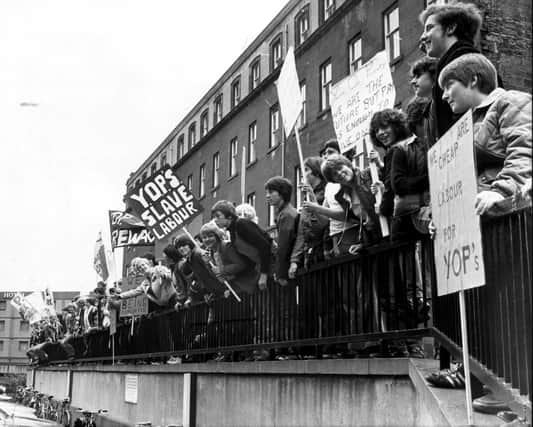Margaret Thatcher’s Conservatives were presiding over the biggest unemployment crisis since the national economic downturn of the 1930s.
It was period of great economic volatility in which the UK entered a deep recession in 1981 as the Tories toiled to control inflation.
The jobless total skyrocketed from 1.1 million at the start of Mrs Thatcher’s tenure and would peak at just over three million in 1986.
The great irony for the Iron Lady and her party was that she had swept to power in 1979 under the slogan Labour Isn’t Working.
Influenced by the free market economic principles laid out by the likes of Milton Friedman, the Tories pursued a new form of monetarism that would focusing on building the UK’s service sector and financial industries. In the same period, a host of state-run enterprises were given over to private firms, deregulation was enforced and lower income tax rates introduced.
In 1986 the Big Bang moment arrived. The deregulation of the stock markets created an economic ripple that is still being felt today as the revolution of Britain’s financial sector began in earnest.
Funding much of this new economic dawn were the receipts from North Sea oil, which had been pouring into Whitehall thick and fast over the past decade.
By the mid-1980s cold hard cash generated from black gold deposits off the coast of Aberdeenshire was delivering the UK Treasury an estimated 10 per cent of its revenues.
Oil receipts allowed the government to concentrate on bringing in the necessary tax cuts and welfare benefits that would quell social unrest caused by aggressive de-industrialisation and other measures.
Scotland’s heavy industries, on which tens of thousands depended, were falling by the wayside. Shipyards, coal mines and steel manufacturers were under threat of closure throughout the decade as de-industrialisation went into overdrive.
At the beginning of the 1980s, Scotland’s coal industry employed more than 14,000 people, a figure that has been slashed to around 4,000 today.
In response to government plans to close pits up and down the country, the miners’ strike began in March 1984 and would last a year.
It was seen as a battle for the livelihoods of communities which depended on the mines, but also became a trial of strength between the Margaret Thatcher and the trade union movement whose power the prime minister sought to reduce.
At Bilston Glen in Midlothian, one of the jewels in the crown of Scotland’s ailing coal industry, huge crowds of protesters turned out for weeks one end in what would be one of the flashpoints in the period of industrial unrest.
The jobless total skyrocketed from 1.1 million at the start of Mrs Thatcher’s tenure and would peak at just over three million in 1986.
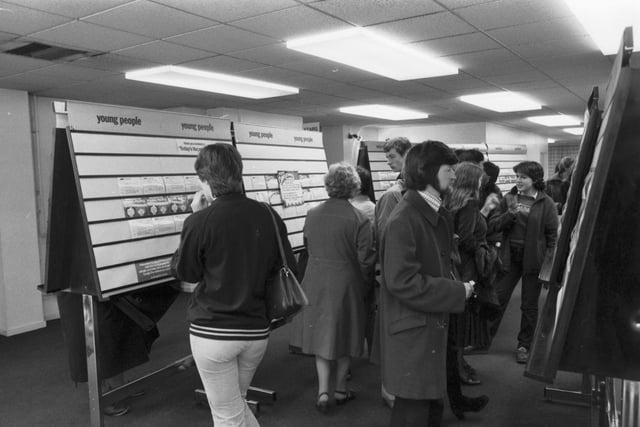
5. Slim pickings
People looking at the job vacancy cards in an Edinburgh JobCentre in June 1981. Photo: Jack Crombie
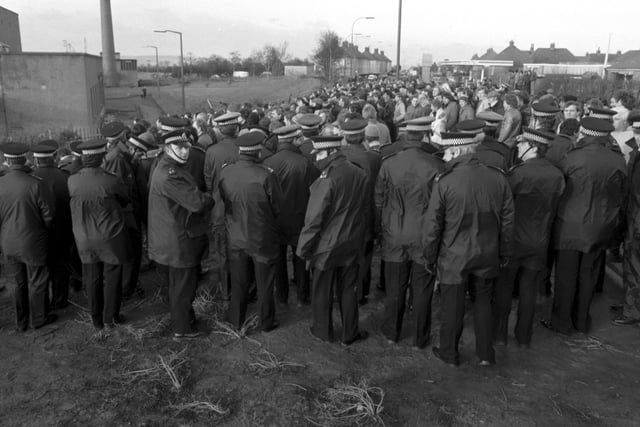
6. NUM picket line
Police keep miners and the NUM picket line back outside Bilston Glen colliery during the miners strike in January 1985. Photo: Denis Straughan
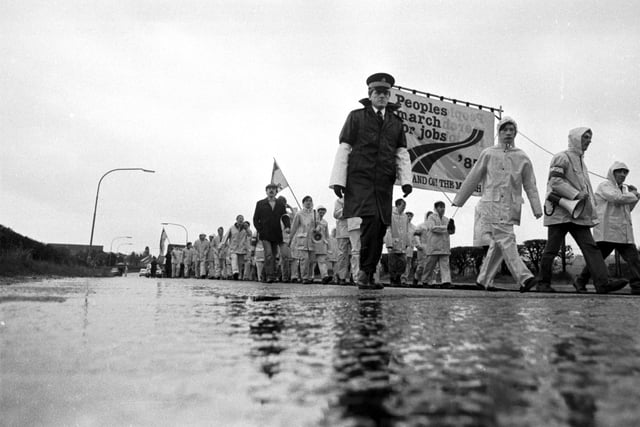
7. Peoples March for Jobs 1983
Police walk alongside the Peoples March for Jobs in the Borders in April 1983 Photo: Allan Milligan
